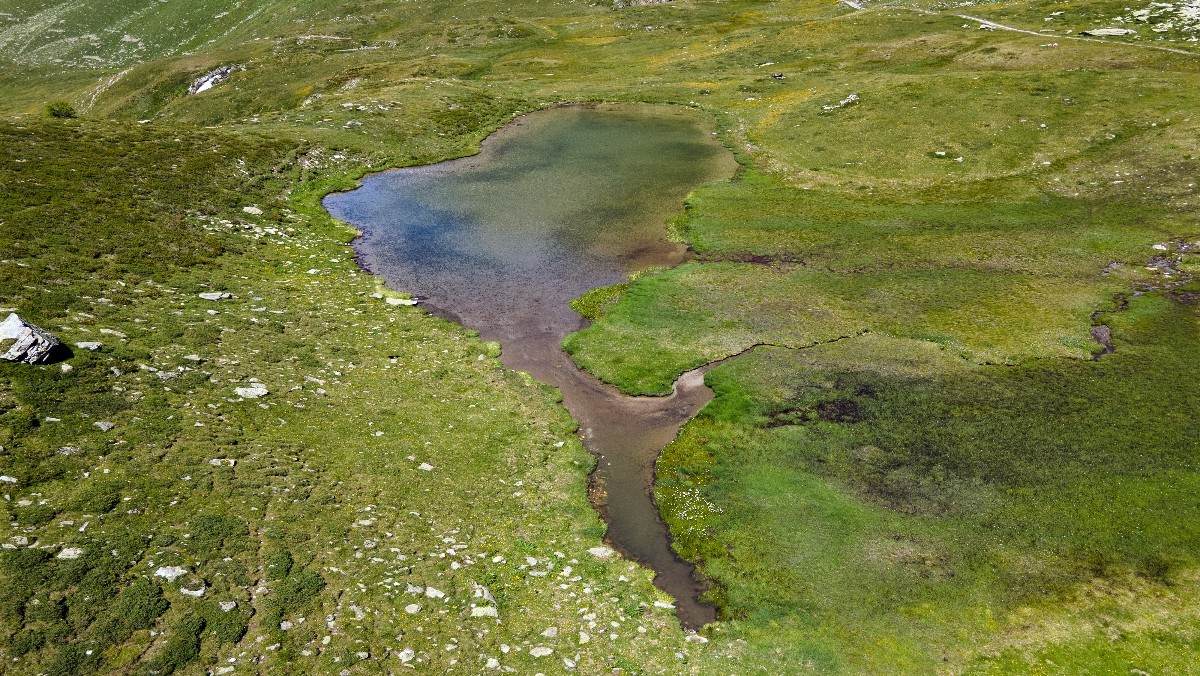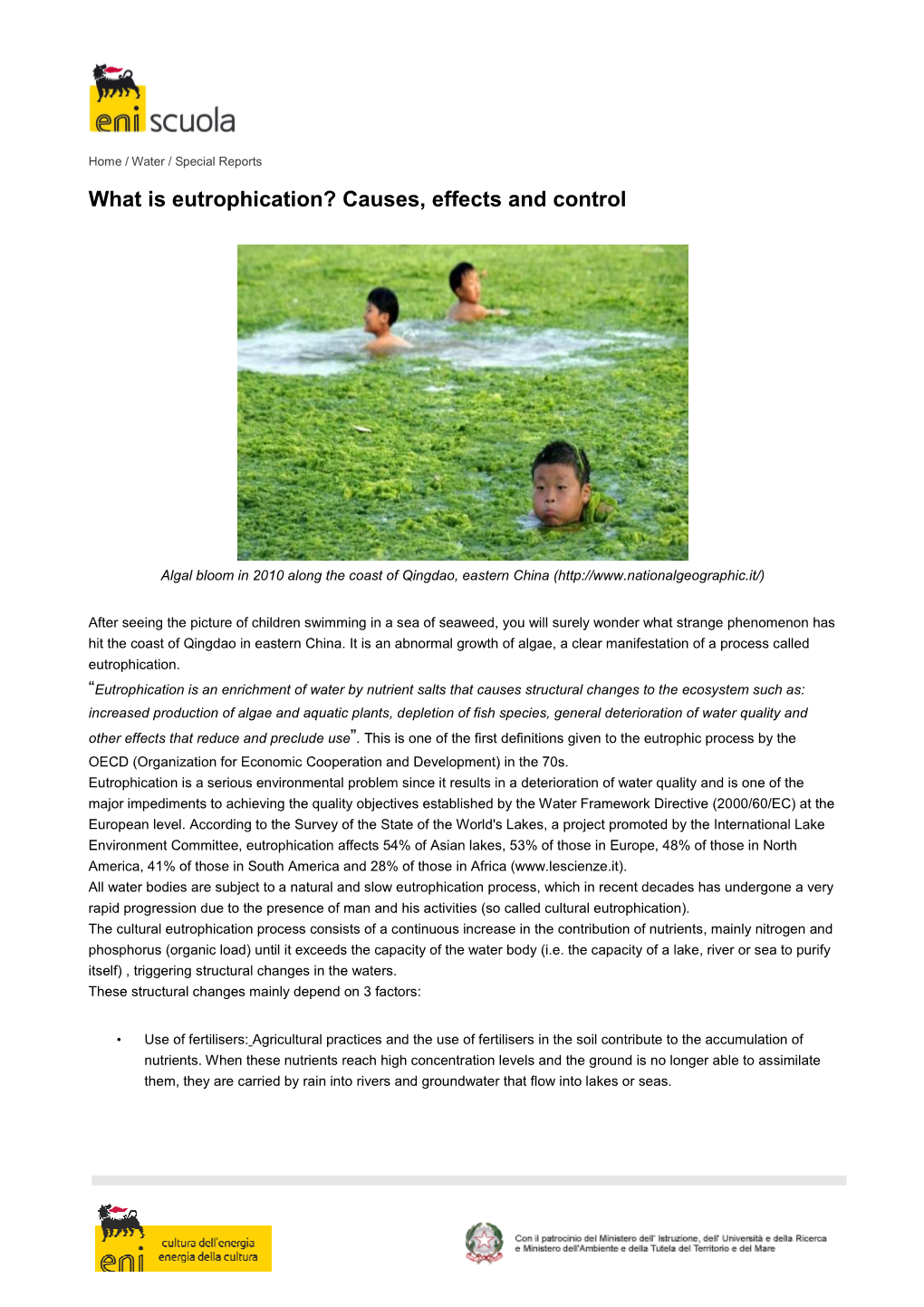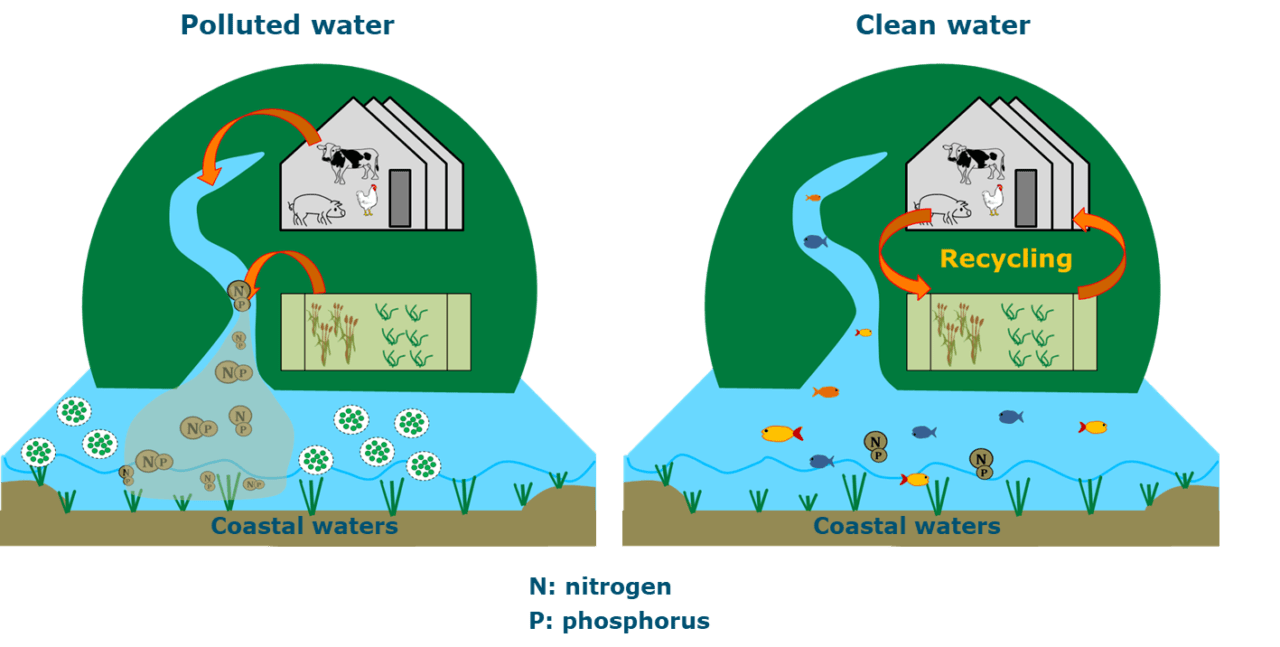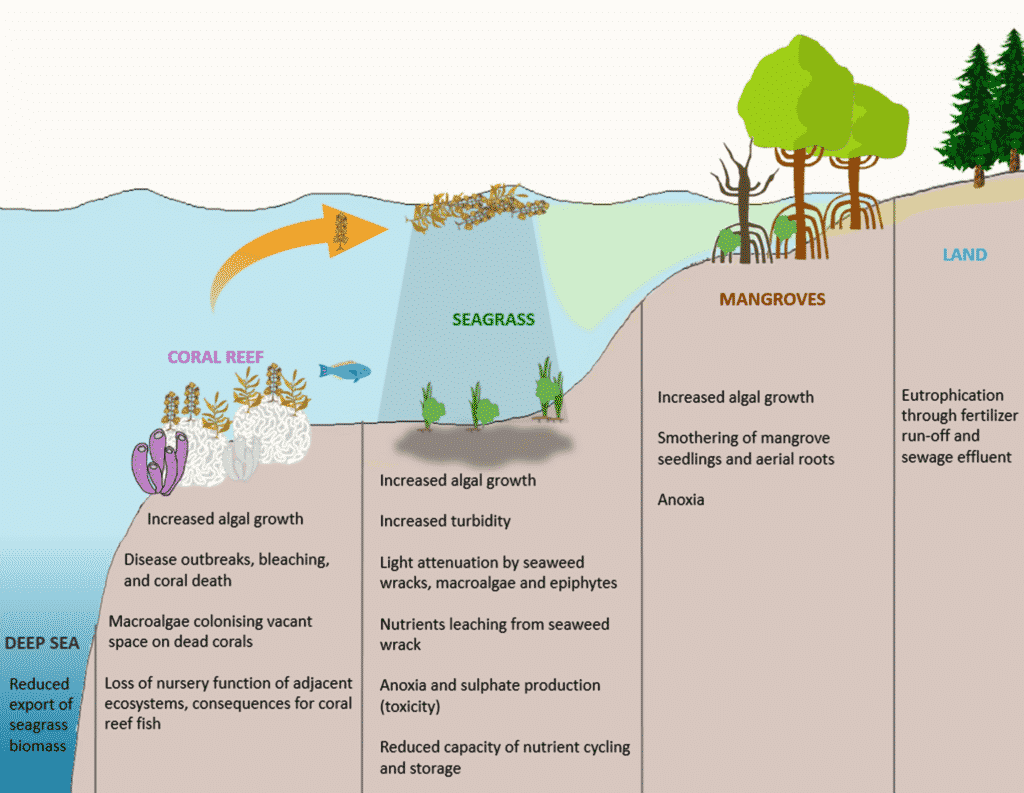Formidable Tips About How To Control Eutrophication
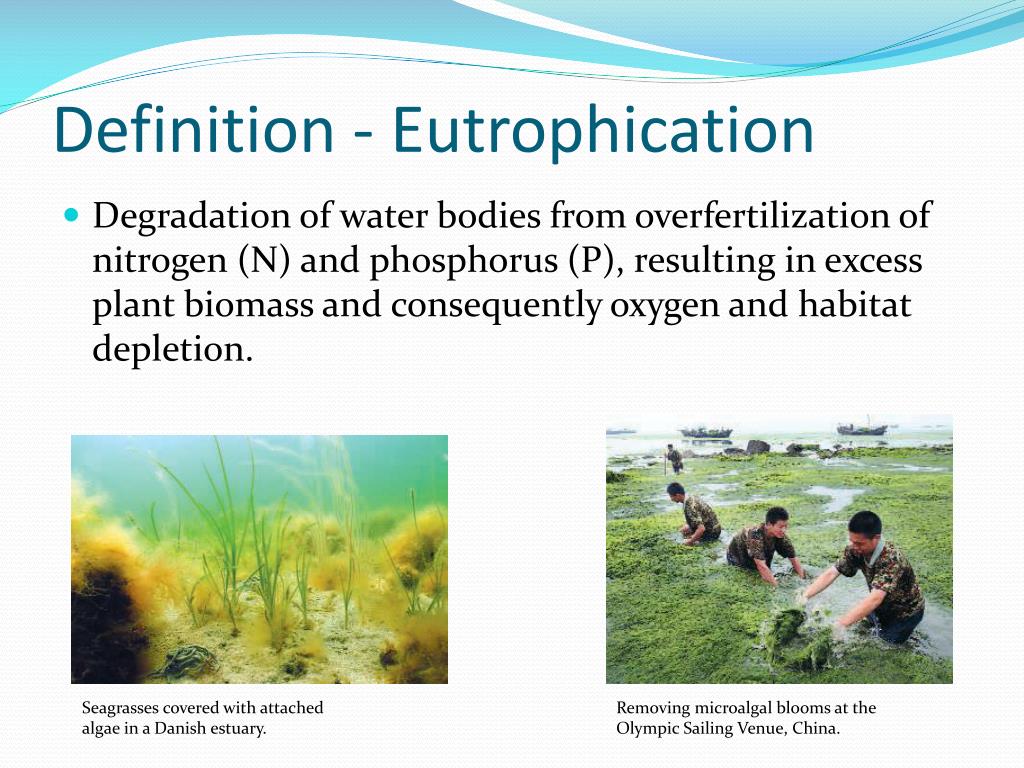
Accelerated eutrophication, which is harmful and difficult to repair, is one of the most obvious and pervasive water pollution problems in the world.
How to control eutrophication. Single nutrient management strategies, such as reducing no 3 inputs to lakes by. Approaches for prevention and reversal of eutrophication include minimizing point source pollution from sewage and agriculture as well as other nonpoint pollution. Once algal blooms die and decompose, they must.
Eutrophication can be minimized by regulating the nutrient sources, reducing the use of fertilizers, proper soil management practices, implementing. Scientific support for dual nutrient criteria. Effectiveness, environmental impacts, and implications.
In order to reverse eutrophication trends and mitigate nutrient losses to aquatic ecosystems, policymakers should: Eutrophication is the process of excessively enriching a. Control of eutrophication.
Oxygen is connectively used to control eutrophication by creating an anoxic environment that can release p from the soil to stimulate internal cycling. Here is a look at what eutrophication is, its causes, consequences, and potential control methods. Eutrophication as a regional and global driver of ecosystem change.
In the past three decades,. Control of eutrophication in aquatic ecosystems by sustainable dredging: Eutrophication is characterized by excessive plant and algal growth due to the increased availability of one or more limiting growth factors needed for photosynthesis (schindler 2006), such as.
In most cases, both p and n control measures must be taken to control eutrophication. Reduce the source of nutrients (e.g. In order to limit the process of eutrophication following steps can be considered:
Cultural eutrophication occurs when human water pollution speeds up the. Nutrient pollution resulting from excess nitrogen (n) and phosphorus (p) is a leading cause of. The clearing of land accelerated land runoff and more.
Anthropogenic eutrophication is one of the consequences of human activities observed from the beginning of. The major influencing factors on water eutrophication include nutrient enrichment, hydrodynamics, environmental factors such as temperature, salinity, carbon. By phosphate stripping at sewage treatment works, reducing fertilizer.
